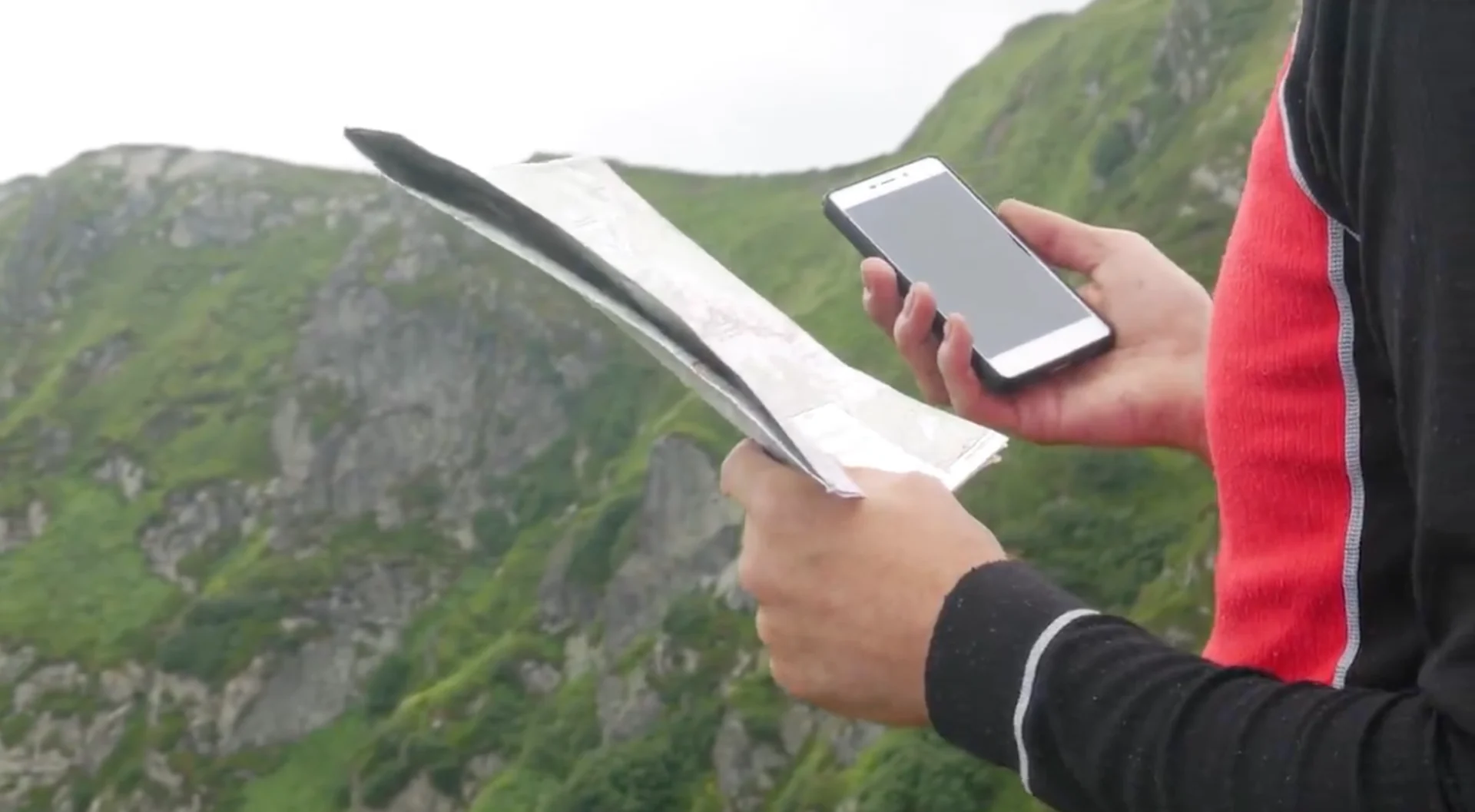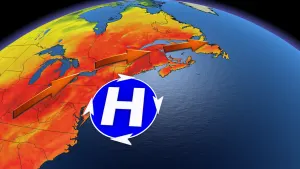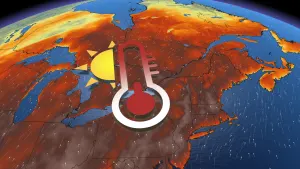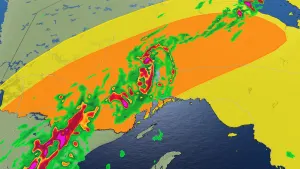
Backcountry camping or hiking this summer? Stay safe with the 'Three Ts'
Camping in Canada's boundless wilderness is a special joy — and a great way to get lost if you don't know what you're doing.
No matter the season or location within Canada, whether you're on land or water, keep in mind the Three T's and adhere to the outlined procedures, courtesy of AdventureSmart.
T1: Trip Plan
“Do your homework ahead of time,” says search and rescue volunteer Christine Strub.
She adds this includes figuring out the weather forecast, what the trail looks like, and whether or not there been any wildlife sightings in the area. On top of that, you should always tell someone else your plan and make sure to stick to it. That way if you don’t return when you are supposed to, the search and rescue team will have a starting point.
T2: Train
“Make sure if you bring a map and compass you know how to navigate,” adds Strub.
It is great if you have your plan and essential equipment ready, but what good will that equipment be if you don’t know how to use it?
T3: Take the Essentials
Whether you are hiking for a day or camping for a week there are essential items you should bring with you on any backcountry trip. They include:
Flashlight
Fire-starting kit
Extra food and water
Signalling device
Extra clothing (weather can change rapidly in the mountains)
Navigation and communication aid (emergency beacons are a great tool if you need help and don’t have any cell service)
First aid kit
Emergency shelter
Pocket knife
Sun protection
For more tips, visit the AdventureSmart website and watch the video below.










